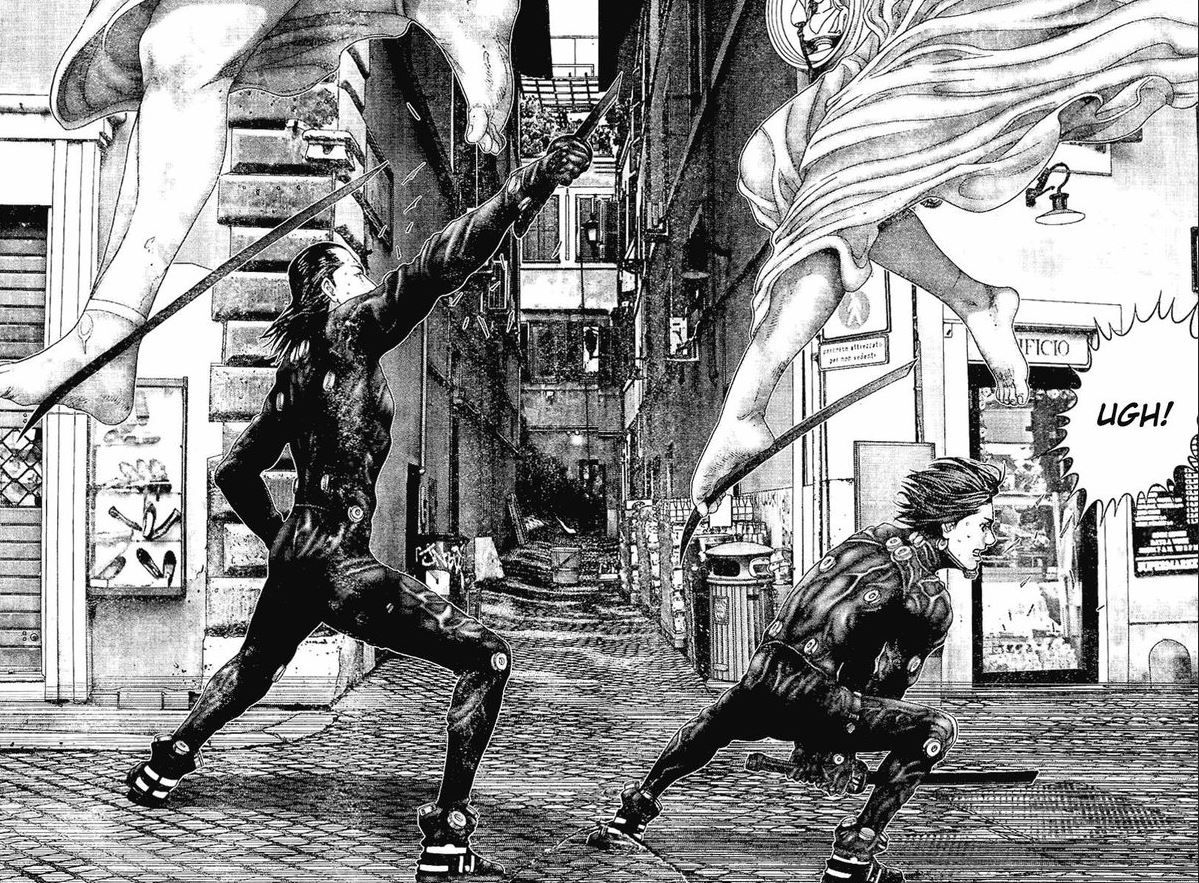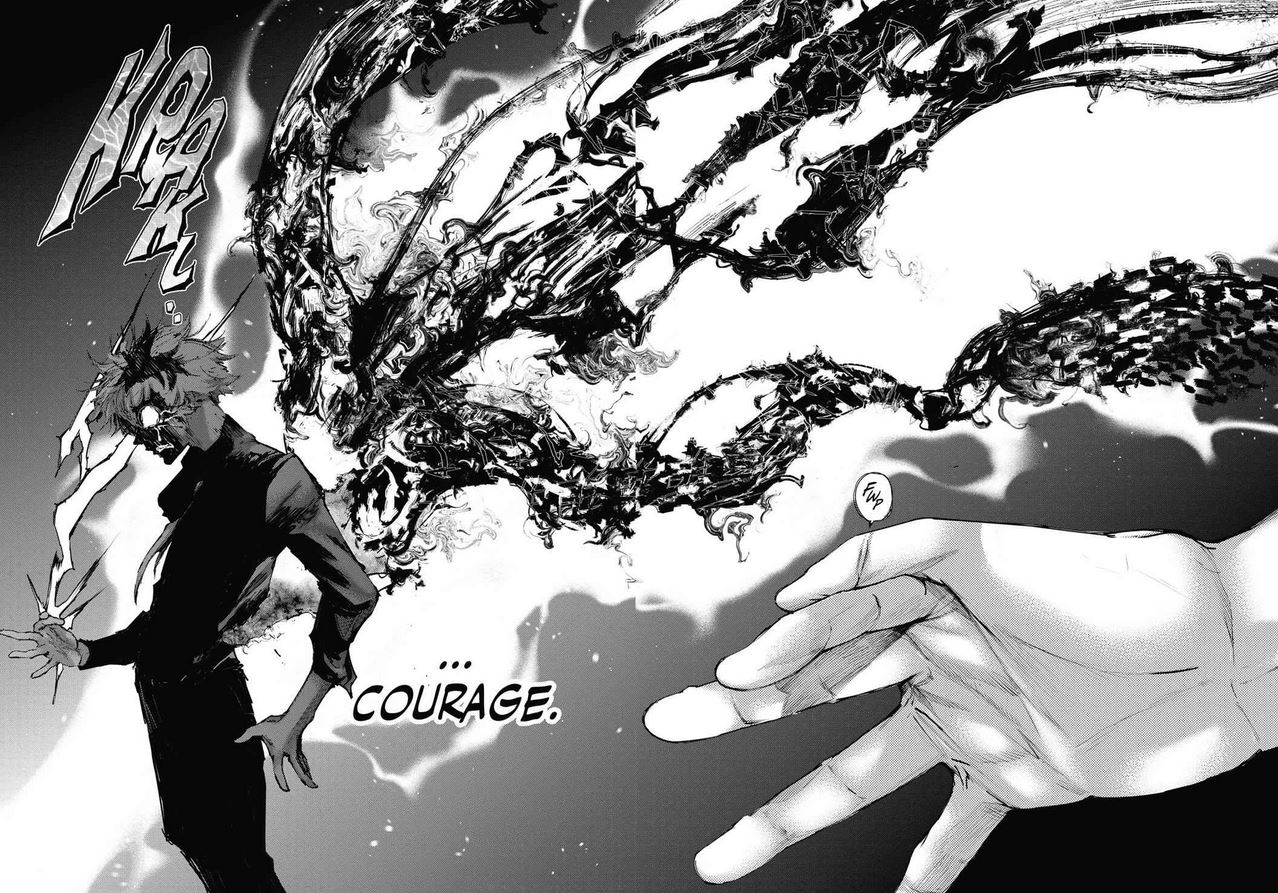Gone are the days, when it was considered weird and “geek-like” to read and take an interest in Manga, instead those who used to make fun of Manga and Anime watchers are now indulged in the fantastical world of Manga, I could be the quintessential example of that.
This is because the world of Manga is way too diverse and engrossing for us readers, there’s surely a Manga category for us all.
If you’re wondering why the world has overhyped Manga and Anime and can’t seem to figure out a logical answer, you’ve come to the right place, follow along as I break down the history and significance of Manga.
What is Manga?

Manga itself is an all-encompassing word for publications made in Japan, by Japanese authors. Manga itself has many genres.
| Genre | Setting |
| Shōnen | Shōnen Manga is primarily marketed toward male teen readership. The themes in Shonen Manga include sub-genre like martial arts, mecha, science fiction, sports, horror, or mythological creatures. |
| Seinen | Seinen Manga is aimed to attract young adult men. Seinen Manga mostly focuses on action, politics, science fiction, fantasy, relationships, sports, or comedy. |
| Josei | Josei Manga, also known as ladies’ comics, the most popular themes of Josei Mangas are typically drama, romance, or pornography. |
| Isekai | Isekai is a genre that’s entire fantasy based, where the main character is teleported to, reborn, or trapped in a fantasy or parallel unfamiliar universe. A few Isekai even have beings from other worlds visiting Earth. Isekai uses world-building to develop an unfamiliar and adventurous setting. |
Manga is typically published in Japan monthly or weekly chapter-by-chapter in Manga magazines such as Weekly Shonen Jump (which has been circulated since 1968).
One key difference between Manga and normal novels or comics is that Manga illustrations are hand-drawn every time, and are almost always using a monotone color palette, whereas western comics utilize more vividly colored images.
Japanese Manga, in stark contrast to English books or comics, is read right to left instead of the standard left to right we’ve grown up with, which is why it’s sometimes difficult to read Manga.
One will have a hard time adjusting to reading from right to left, instead of the usual left-to-right you were taught, but It’s really easy and one will adapt rather quickly.
Manga, like every series, is published in chronological order, which is dubbed “Tankbon Volumes”. Long-running series like One Piece and Dragon Ball have many Tankbon Volumes. It’s important to view the volumes in the proper sequence. You don’t want to read the ending before the start.
Why is it Uniquely Japanese?
Japanese Manga has an ancient legacy—and it began in the 1900s with an artist called Kitazawa Rakuten who was inspired by early American newspaper comic strips.
Manga can be in any language and with any story. The current popular form of Mangas dates from the 2nd half of the 20th century and is a post-war phenomenon.
Osamu Tezuka, (Japan’s Walt Disney, and author of classics such as Astro Boy, The Lion King, Fire Bird, and others) Tetsuya Chiba, and Shotaro Ishinomori were key figures in the early creation of large-scale circulation Manga.
Many of their works are still considered classics to the present day. Weeklies have been widely distributed and circulated since the 1960s.
Common consensus agrees that all Manga should have as follows:
- The story and message are simple and enjoyable for the average person.
- The image should be more important than the words themselves.
- It should be worth reading regardless of the generation it was published in.
Manga is uniquely Japanese due to its huge historical and social significance, The introduction of “story-book“ entertainment has shaped and molded Japanese culture and entertainment into what it is today, Which is why the Japanese are so in love with Manga.
It’s precisely due to the cultural influence, that Manga itself has adapted Japanese culture and societal norms into its writing. This is why it’s so hard to consider any other book that doesn’t pay homage to the rich Japanese culture as Manga.
Why is manga so popular?
That’s a tough and subjective question that I can only answer as a fan, but I’ll try:
- Manga is inexpensive. In terms of cost per page, you can get a three-volume set of Fullmetal Alchemist for the same price as a hundred-page trade paperback of All-New X-Men. So, even if the latter has better coloring and larger pages, I still get a lot more story information.
- Manga offers beautiful imagery that is full of vitality and emotion. Many of our western comics have learned from Manga’s daring use of panel shapes, view angles, emotional close-ups, and visual metaphor, so the gap has narrowed somewhat, but generally, manga stories are told in a more subjective way about the feelings of the characters as they go through plot events, whereas western comics are a little more objective and about the events themselves.
- Manga has a clear artistic vision. The covers may be drawn by someone other than the interior artist, the artist may change from week to week and may not always appear to be on the same tonal page as the writer, and writers change.
- Manga is genuine. This can be cheesy at times, but it never avoids being emotional or just truly over-the-top and great in order to appear detached and cool or to appear to be trying too hard. Manga isn’t ashamed of who it is.
- Manga does not only cover topics for a certain “young adult male” readership. It offers comics about almost anything for almost everyone. Things are improving in western comics thanks to indie publishers and webcomics, as well as authors influenced by manga.
How did manga become popular?
Manga gained popularity in Japan under the US occupation, which began at the end of WWII and lasted until 1952.
Inspired by American comics such as Disney and Betty Boop, Japanese artists chose to make their own in their own unique style. As comic strips, they began to appear in newspapers and periodicals.
The popularity of comic strips led to the creation of manga periodicals in the 1960s. This was the start of manga’s popularity. Each manga magazine was published weekly or monthly and contained between 10 and 20 series of every issue. Machiko Hasegawa was a major manga artist during this period.
Why are Manga Stories so good?
Each Manga is distinct, with its storyline, characters, and plot. Character development is given a lot of time and attention which is rarely seen in Marvel and DC Comics.
Furthermore, in comics, the groundwork of a character is laid by one artist, but subsequent comics are created by a variety of artists or comic writers.
Variety in Genres
Themes and genres are so diverse that you can find just about any weird and wacky concoction you can think of.
Manga artists have covered almost every conceivable genre or story so much, that it’s so unimaginable not to discover a tale to your liking.
I mean, there’s a literal Manga centered around an intelligent and sentient chicken, who was raised for slaughter escaping the factory and declaring revenge on mankind. Yes, I’m serious, this is an actual Manga called “Fourteen.”
You name it, and you’ll find it, the library for Manga is infinite.
Narratives and World Building
Consider ‘One Piece’ as an example.
Over 22 years since it began, each personality introduced has its plotline, all of which are intertwined, and it’s still going strong.
Mangas have elaborate, complex, and in-depth storylines which are considered a masterpiece on their own.
Some Manga has such amazing storylines that they leave such an indelible mark on people’s lives and cultures that they create entirely new pop culture. Naruto, for example, has created a considerable following of “Shinobis” or Ninjas in the West.
Art
Manga is traditionally hand-drawn.

Here’s a mind-blowing fact, the image above is entirely hand-drawn, Why wasn’t I born with this sort of talent?
Such deft art catches the reader’s eye, and it’s said that the eyes are the openings to the soul.
Manga contains painstakingly drawn images that will leave you speechless! As a result, these images are felt directly by our souls, making us cheerful and increasing our art appreciation.
The most difficult aspect of reading is that a novice reader can’t visualize what’s written or what the writer wishes to convey in the same way that an experienced reader can.
It’s a skill that must be learned over time.
Even neophytes can visualize Manga since Mangaka depicts his sentiments by constructing such gorgeous mesmerizing illustrations that we feel as if we are in it while reading it.

Conclusion
- Gone are the days, when it was considered weird and “geek-like” to read and take an interest in Manga, instead those who used to make fun of Manga and Anime watchers are now indulged in the fantastical world of Manga, I could be the quintessential example of that.
- Manga is typically published in Japan monthly or weekly chapter-by-chapter in Manga magazines such as Weekly Shonen Jump (which has been circulated since 1968).
- Manga artists have covered almost every conceivable genre or story so much, that it’s so unimaginable not to discover a tale to your liking.
- Some Manga has such amazing storylines that they leave such an indelible mark on people’s lives and cultures that they create entirely new pop culture. Naruto, for example, has created a considerable following of “Shinobis” or Ninjas in the West.
- Manga contains painstakingly drawn images that will leave you speechless! As a result, these images are felt directly by our souls, making us cheerful and increasing our art appreciation.